Your roof is the first line of defense for your home against the elements. Rain, wind, hail, and UV rays can all damage your roof over time. However, many homeowners are unaware of the most common types of roof damage and how to tell if you might need roof repair. By learning to identify and have roof issues fixed while they are minor, you can avoid more costly repairs later and extend the life of your roof. Let’s take a look at the most common types of roof damage.
Wind damage:
Strong winds can cause shingles to lift or tear off the roof entirely. If you notice missing or damaged shingles after a storm, you may need to replace them. Additionally, high winds can also cause trees or branches to fall on your roof, causing further damage. It’s important to clear any trees or branches that pose a threat to your home and have your roof inspected for damage after a major windstorm.
Hail damage:
Hail can dent or damage shingles, leaving your roof vulnerable to leaks. You may notice small dents or cracks in the shingles after a hailstorm. If you see any damage, it’s important to have it repaired as soon as possible to prevent further water damage.
Water damage:
Leaks can occur in your roof due to age, wear and tear or poor installation. Roof leaks can lead to water damage on the walls and ceilings of your home if not fixed in a timely manner. Signs of water damage include stains, bubbling or peeling paint or the presence of mold or mildew.
Storm damage:
Storms can cause a wide range of damage to your roof, including leaks, missing shingles and damage to gutters and downspouts. If you notice any damage to your roof and gutters after a storm, it’s essential to have it inspected and repaired as soon as possible.
UV and heat damage:
The sun’s UV rays and heat can cause shingles to become brittle and crack over time. Shingles that are exposed to prolonged sunlight can also fade and lose their protective granules. If you notice any exposed, rusted or worn sections of your shingles, it’s important to consider replacing them, as they may no longer be adequately protecting your home.
Fungus and moss growth:
Algae, fungus and moss can grow on your roof, especially in damp and humid climates. While this might not seem like a major problem, it can cause damage over time by trapping moisture and causing shingles to rot or deteriorate. If you notice any signs of growth on your roof, it’s important to have it cleaned and treated by a professional roofer.
Damaged flashing:
Flashing is a thin sheet of metal that is installed around roof vents, skylights, and chimneys to prevent water from seeping in. If the flashing becomes damaged or corroded, it can no longer provide adequate protection against leaks. Signs of damaged flashing include rust or cracks around the edge of your roofing structure.
Improper installation:
Poorly installed roofs can result in water damage or other common types of damage. To avoid these issues, it’s important to hire a professional roofer who can ensure that your roof is installed correctly and inspected for damage.
Age:
After years of exposure to the elements, shingles can start to wear down and become less effective. When shingles reach the end of their lifespan, they will no longer protect your home properly. If you notice signs of age and wear, it’s important to consider replacing your roof before it causes further damage to your home.
As a responsible homeowner, it’s crucial to keep an eye on your roof and identify any types of damage early on. By doing so, you can save yourself time and money in the long run. Whether you need repairs or a full replacement, MD Roofing is your friendly neighborhood roofer. We offer a full range of roofing services, including inspections, repairs and new installations.
Subscribe to MD Roofing and Solar's Blog
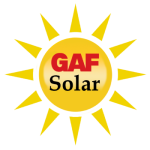
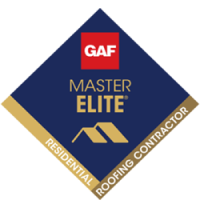
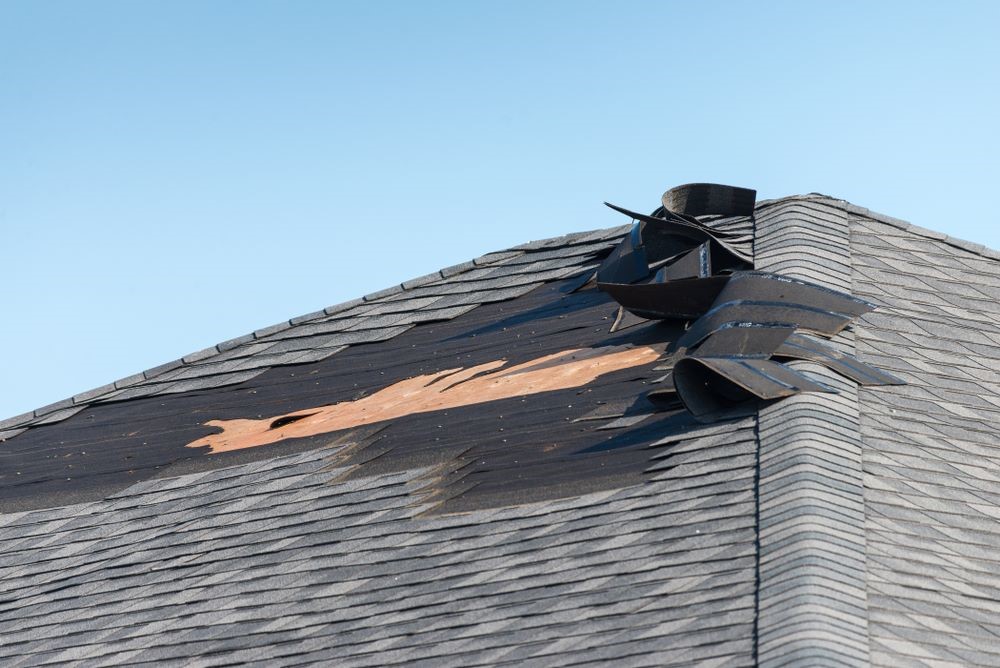
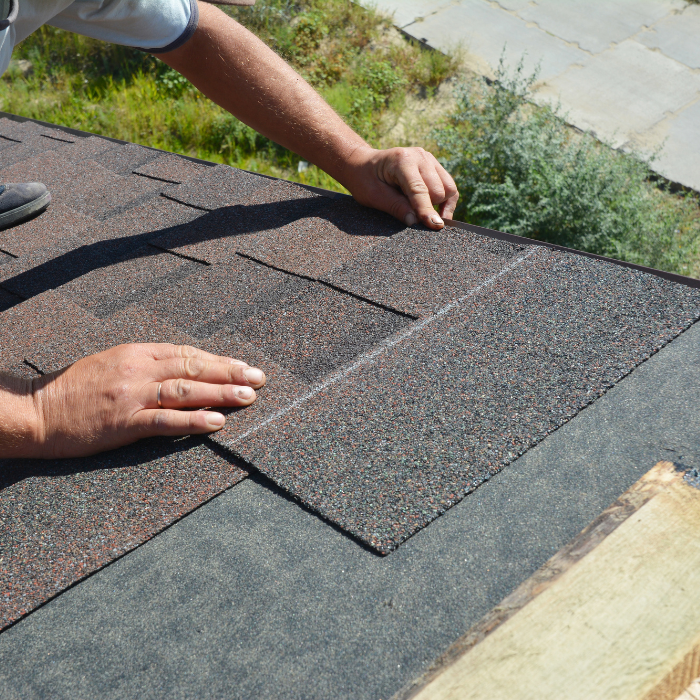

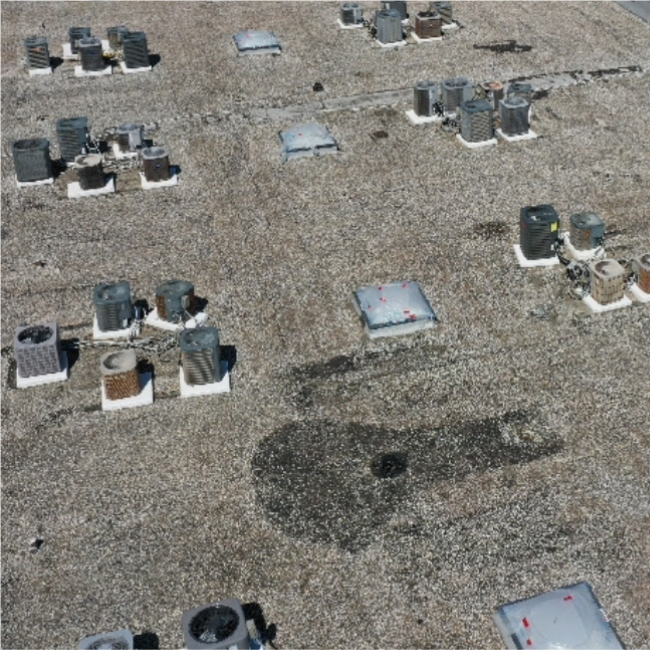

Comments